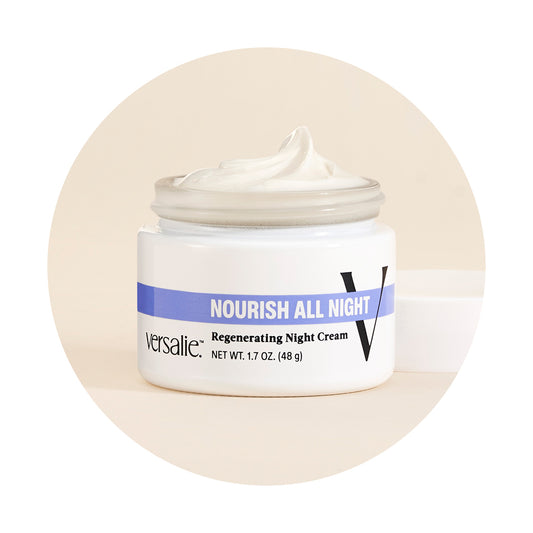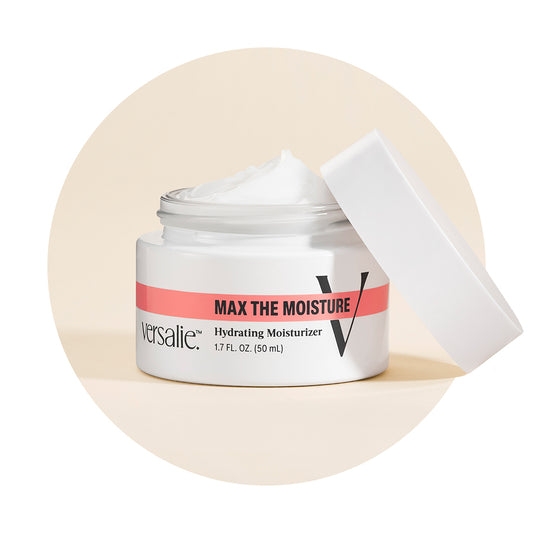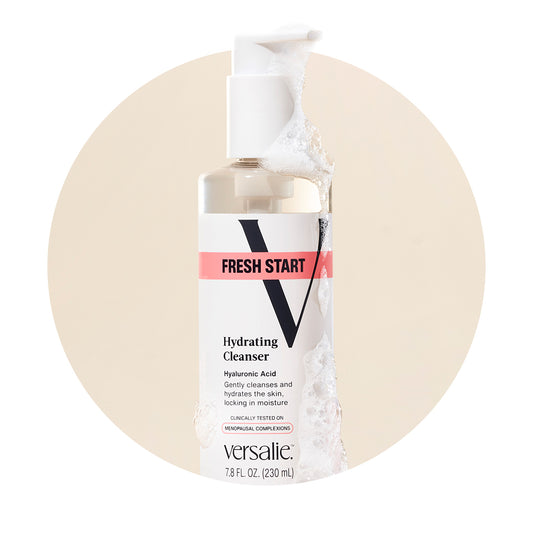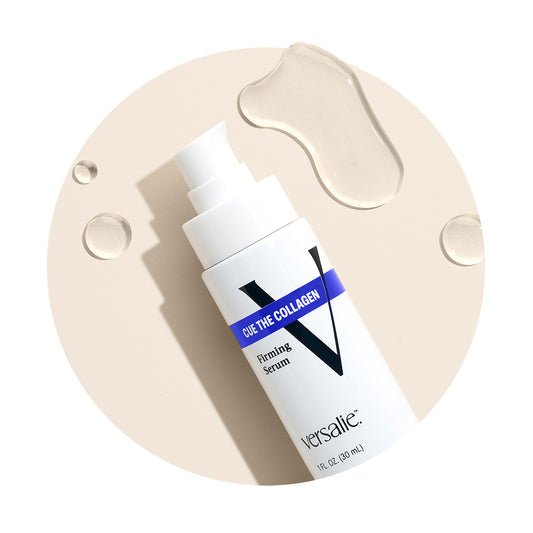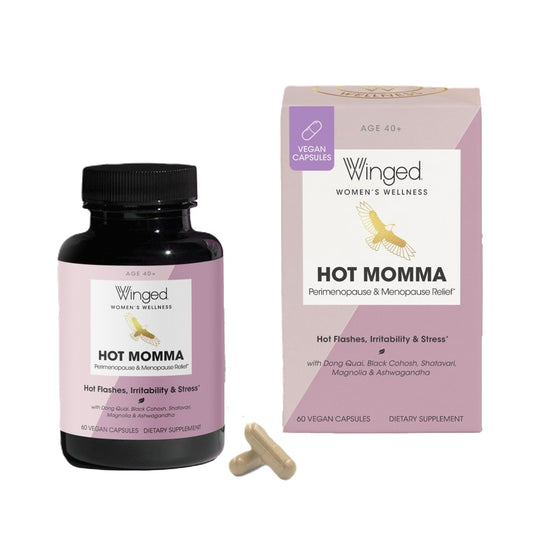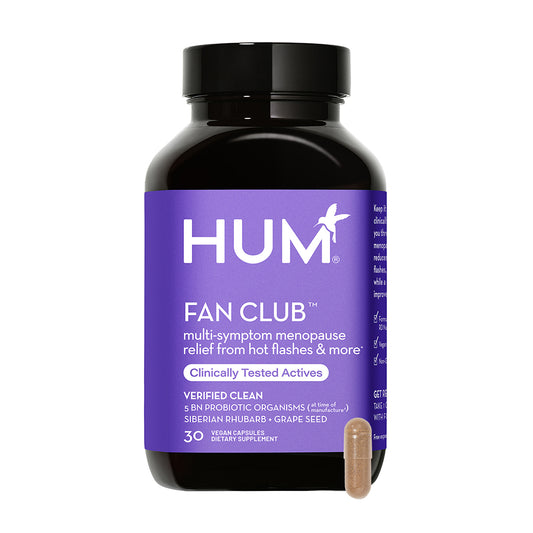Hello, sunshine!
Summer is an ideal time to make changes in your diet due to the abundance of fresh, seasonal produce. In warmer weather, people tend to eat lighter and more hydrating foods. This includes fruits and vegetables that are full of important vitamins, minerals, and antioxidants. These nutrients are very important for staying healthy during the menopause journey. Summer fruits and vegetables are rich in fiber and phytonutrients that help keep you healthy. Also, there are many different colorful fruits and vegetables in the summer. This makes it easy to make meals that are healthy and look good. These meals can help support a balanced diet.
What are great summer foods for menopause?
Here are my top 4 summer foods that can support menopause health.
The benefits of berries for menopause symptoms
Blueberries, blackberries, raspberries, and strawberries are among the top fruit sources of antioxidants, like flavonoids and polyphenols. Antioxidants can help fight oxidative stress and inflammation, which are common issues during menopause that can contribute to symptoms such as brain fog, hot flashes, night sweats, and joint pain.
Berries are also low in sugar and are a great source of fiber. Fiber can help you balance your blood sugar and maintain a healthy weight during menopause. During menopause, eating more fiber can help you feel full and satiated. It can also help with digestion, which can slow down during menopause. Eating berries can also be good for your skin and joint health. They have a lot of Vitamin C, which helps make collagen and elastin. These two things help keep our skin and joints healthy, but our bodies make less of them as we get older.

You can use berries in a breakfast smoothie, on top of yogurt or chia puddings, or as part of a healthy dessert. You can also dip them in melted dark chocolate and leave them to set in the fridge for a sweet treat that’s also good for you.
Leafy greens: great for menopausal health
Many leafy greens are in season during the summer and it's a great time to switch your boring iceberg lettuce to tastier options that also have more nutrients. For example, darker leafy greens such as spinach and swiss chard are packed with magnesium (around 150 mg per cup) and calcium (around 30 mg per cup). These minerals are crucial for maintaining bone health as we age. During menopause the risk of developing osteopenia and osteoporosis increases. Magnesium is also beneficial for healthy stress management and maintaining cardiovascular health.
Leafy greens like arugula, radicchio, dandelion greens, kale, and collard greens have compounds in them that make the liver create more bile. Bile is a liquid that helps us digest food. Bile aids in the digestion and absorption of fats and fat-soluble vitamins, and it also helps remove toxins and waste products from the liver. Eating bitter greens increases bile production, which supports the liver’s detoxification process, which can slow down during menopause.
Adding more leafy greens to your diet can be simple. You can add a handful of spinach to your smoothies, throw them in pasta sauces, chilis, or stews. You can also add a simple side salad to your evening meal.

Why is salmon beneficial for menopausal health?
Salmon can be a great addition to a menopause diet due to its high levels of omega-3 fatty acids, high-quality protein, and essential nutrients. Omega-3 fatty acids, particularly EPA and DHA such as those found in salmon, play a crucial role in reducing inflammation and alleviating symptoms such as joint pain and stiffness, which are common during menopause. Additionally, the healthy fats in oily fish such as salmon can be beneficial to those experiencing dry skin as part of menopause.
These fatty acids also support heart health by lowering triglyceride levels and improving cholesterol profiles, important since the risk of cardiovascular disease increases post-menopause. Salmon is also a great source of vitamin D and calcium, two important things for bone health and helping prevent osteoporosis. The high-quality protein in salmon aids in maintaining muscle mass, which can decline with age and lower estrogen levels.
Add smoked salmon to scrambled eggs for a delicious, healthy breakfast option. Try canned salmon for a quick and easy lunch. Or bake salmon on a sheet pan with seasonal vegetables for a simple but balanced weekday dinner.
Hydrate with watermelon during menopause
One of the main benefits of watermelon for menopausal health is its high water content. Watermelon has a lot of water, about 92%. This makes it a great choice for staying hydrated. This is especially important during menopause. Hormonal changes during this time can cause dehydration, hot flashes, mood swings, and perimenopause bloating. Proper hydration can help regulate body temperature, improve skin elasticity, and support a healthy digestive system.

In addition to its water content, watermelon is packed with vitamins A, C, and B6. It also has antioxidants like lycopene and beta-carotene, which help reduce inflammation and oxidative stress. This can help ease symptoms like joint pain and fatigue. Moreover, watermelon contains potassium, which helps balance electrolytes and supports heart health, an important consideration during menopause.
Watermelon can be a great healthy snack option. You can mix it with water and ice to make a cool drink for the summer. You can also add it to a salad for a fun and refreshing meal, like in the recipe below.
What are some healthy recipes for menopause?
Strawberry Yogurt Popsicles
Ingredients: (makes 4-6 popsicles)
- 2 cups fresh strawberries, hulled and sliced
- 1 cup unsweetened Greek yogurt
- 1 teaspoon honey or 1/2 teaspoon stevia extract
- 1 teaspoon lemon juice
- 1 teaspoon vanilla extract
Instructions:
- In a blender or food processor, puree the strawberries until smooth. If you prefer some texture, you can leave some small chunks. Taste the puree and add honey or stevia if needed, blending until well combined.
- In a bowl, mix the Greek yogurt with the lemon juice and vanilla extract.
- Fill the popsicle molds with alternating layers of strawberry puree and Greek yogurt. Start with a layer of strawberry puree, followed by a layer of yogurt, and repeat until the molds are filled. You can swirl the mixture with a knife or skewer for a marbled effect.
- Insert the popsicle sticks into the mold and freeze for at least 4-6 hours, or until completely solid.
- To release the popsicles, run the molds under warm water for a few seconds. Gently pull on the sticks to remove the popsicles.

Sheet-Pan Salmon with Roasted Vegetables
Ingredients: (makes 2 servings)
- 2, 6 oz (or bigger) salmon filets
- 1 medium zucchini, chopped
- 1 small red onion, chopped
- 1 red, orange, or yellow bell pepper, chopped
- 1/2 cup whole cherry tomatoes
- 2 tablespoons avocado oil
- 2 tablespoons pesto
Instructions:
- Preheat the oven to 375°F (190°C).
- Chop the vegetables into cubes, roughly 1 inch.
- Pat the salmon dry and top with a layer of pesto.
- Lightly oil a sheet pan with avocado oil. Add the salmon and veggies. Bake in the oven for 12-15 minutes.
- Serve with your choice of cauliflower rice, wild rice, or baked sweet potato.
Watermelon, Feta, and Mint Salad
Ingredients: (makes 2 servings)
- 4 cups watermelon, cubed
- 2 cups arugula
- 1/4 cup fresh mint leaves, chopped
- 1 cup feta cheese, cubed
- 2 tablespoons fresh lime juice
- 2 tablespoons extra virgin olive oil
- 1/4 teaspoon salt
- Black pepper to taste
Instructions:
- Cube the watermelon into bite-sized pieces and place them in a large bowl.
- Finely chop the fresh mint leaves. Add them and the arugula to the bowl with the watermelon.
- In a small bowl, whisk together the fresh lime juice, olive oil, salt, and black pepper. Pour the dressing over the watermelon, arugula, and mint, and gently toss to combine.
- Sprinkle the feta cheese over the salad and gently mix.
- Refrigerate the salad for about 30 minutes before serving to allow the flavors to meld together. Serve chilled.
Learn more about Jennifer Hanway and our other Versalie advisors.


